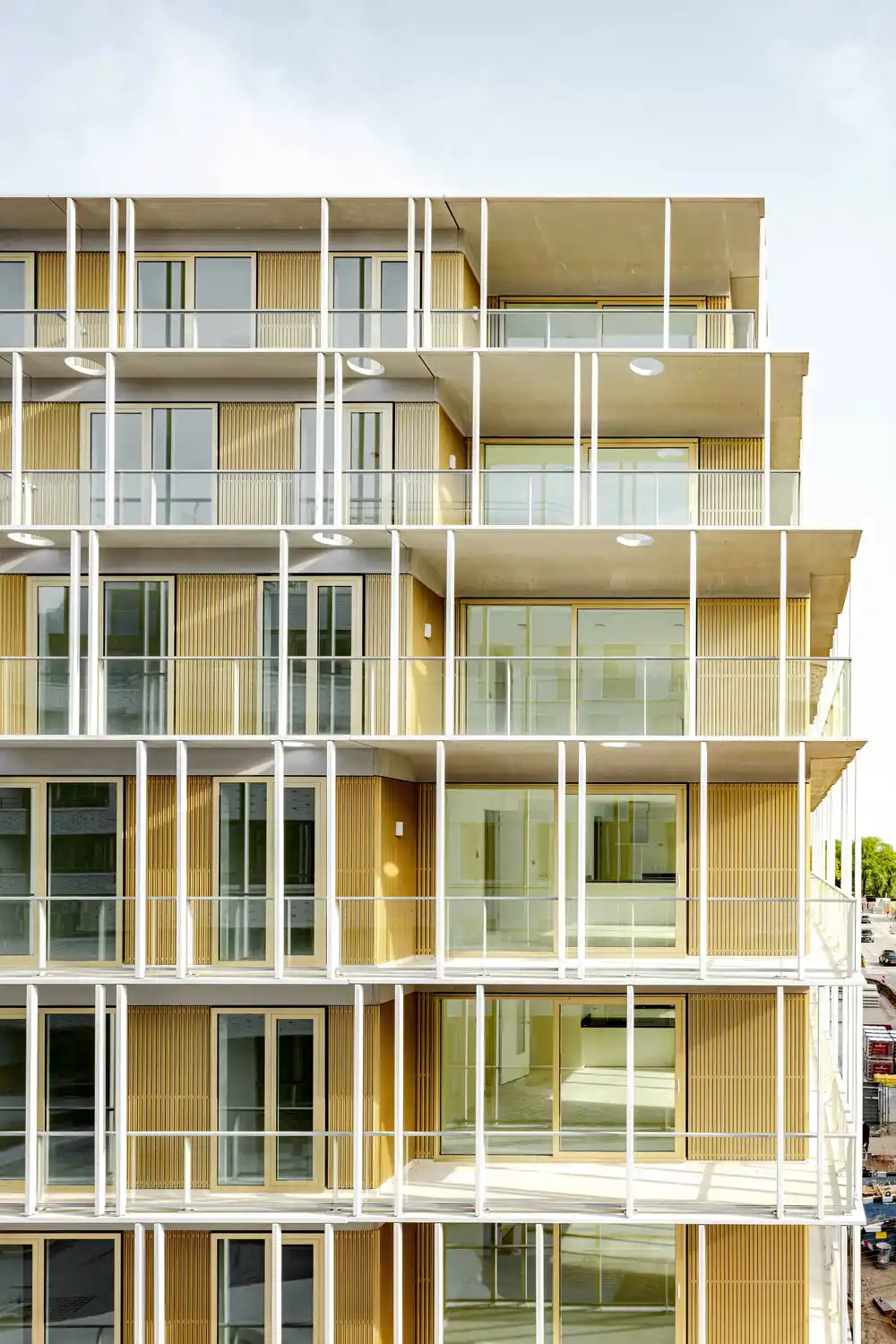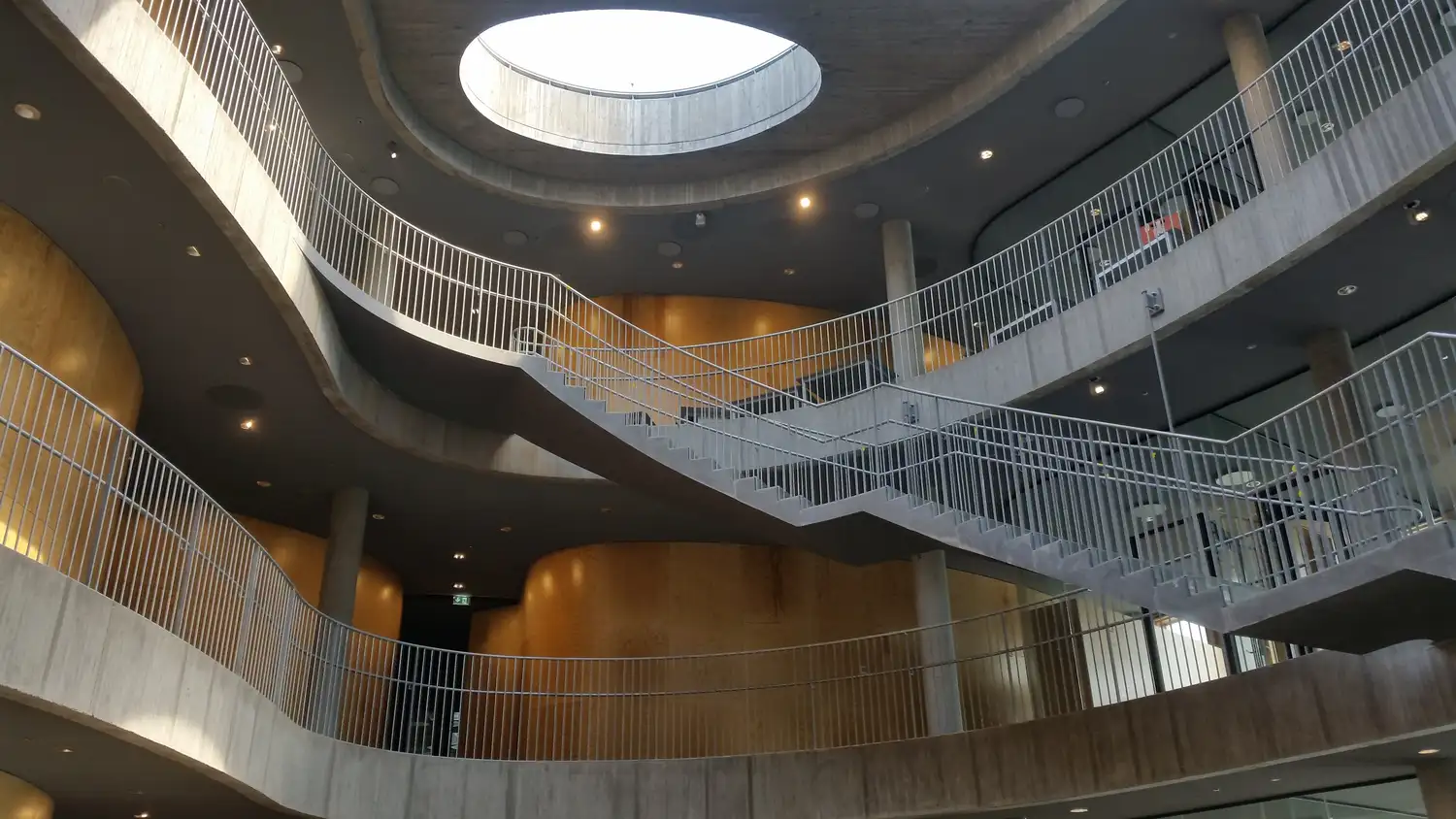SO HOW ARE THE CHALLENGES ADDRESSED?
Several challenges are related to the same task: casting the joint.
When joining two elements with normal installation tolerances, there will be misalignment. The width of the joint makes it somewhat easier to visually smooth out, but it will never be a perfect shape, just as formwork on-site can shift and cause small deviations from the intended form.
To minimize the necessary effort and finish the joints, the JointCast section is often cast 5 mm to be flush with the adjacent elements. This allows a painter to use repair filler, injection mortar, or similar to shape the transition between the elements without needing to sand away excess JointCast material—saving time.
The formwork is typically customized for each joint and ordered along with the formwork parts. When the above method is used for finishing, the formwork is attached with self-tapping screws drilled directly into the edges of the adjacent elements.
Of course, this means that the entire surface must be sanded down and painted to cover holes, patches of repair material, polished sections, etc. This is often the chosen option to handle the aesthetic issue—as was the case with the parapet of the Per Aarsleff staircase. The steps are not connected with JointCast, so the top surface remains the smooth, cast, soap-washed CRC i2® surface.



